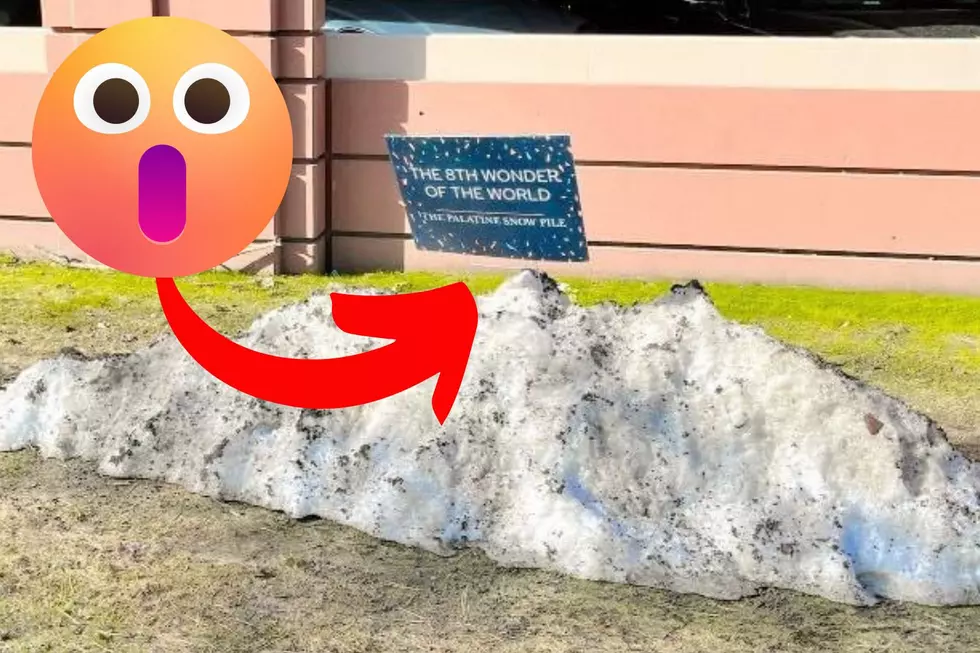
Illinois and Wisconsin’s Next Big Snow Could Hit in 4 Days
According to the National Weather Service, we got about 1.5 inches of snow accumulation in Rockford on Sunday (11/26), and there's more in the upcoming forecast.
December is the Second Snowiest Month in Northern Illinois
In just a couple of days, we'll officially be into one of the snowiest months of the year in the Rockford region and Chicagoland area.
The normal snowfall average in November is 2.3 inches for Rockford, but that jumps to an average of 9.4 inches of accumulation in December, and then January is the snowiest month when the region gets 10.9 inches, according to the N.W.S. climate data.
3 Straight Days of Snow in Stateline to Start the Month of December
High temperatures are expected to warm up into the lower 40s beginning on Wednesday (11/29) and stay there through the upcoming weekend, according to the latest Weather Channel predictions.
READ MORE: Illinois Has 2 of America's 13 Michelin Star Restaurants
Friday (12/1) there's currently a 35 percent chance of snow showers in the morning and a 60 percent chance of accumulating snow on Friday night with around an inch of accumulation likely.
Saturday night (12/2) there's a 50 percent chance of a rain and snow mix for northern Illinois, and that will continue into Sunday (12/3) with additional flurries, according to the latest forecast.
4 to 8 Inches of Snowfall Happening Along Lake Michigan
Lake-effect snowfall could dump a half foot of snow in some neighborhoods through Wednesday (11/28) according to the Weather Prediction Center, but the forecast predicts the "winds should begin to subside across the Great Lakes region on Wednesday and this will allow the lake-effect snowfall threat to diminish
For the latest Rockford and Chicagoland forecast, CLICK HERE.
LOOK: The most expensive weather and climate disasters in recent decades
Gallery Credit: KATELYN LEBOFF
See the Must-Drive Roads in Every State
Gallery Credit: Sarah Jones
More From Rockford's New Country Q98.5









